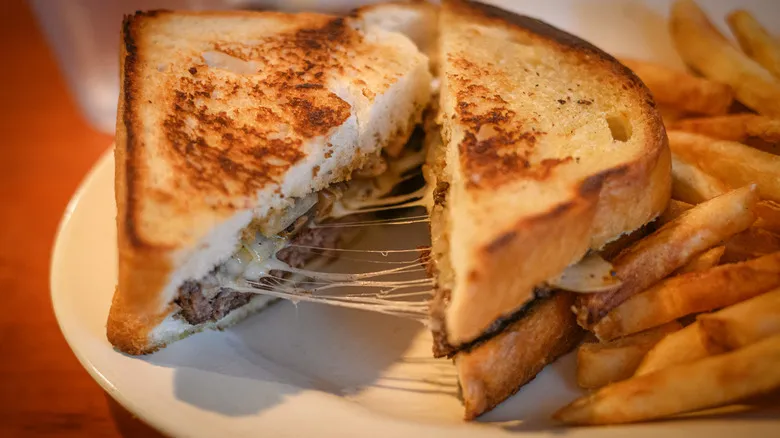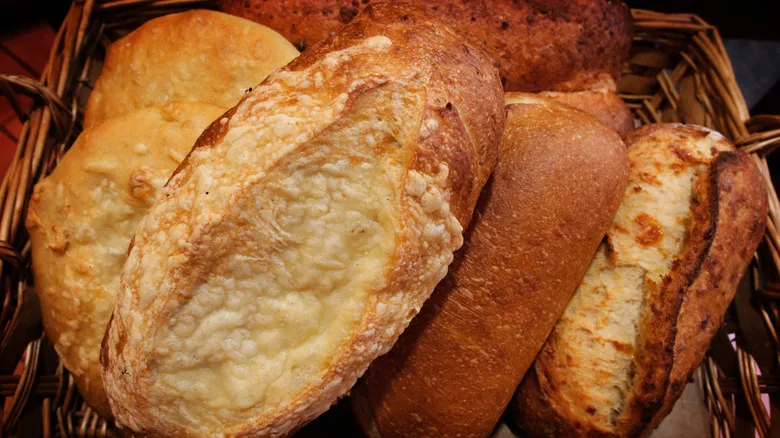Cotton candy before Morrison and Wharton

While William Morrison and John Wharton are credited with the contemporary version of cotton candy, the treat itself is far from new. Variations of spun sugar have existed for over 500 years. Tim Richardson highlights in his book "Sweets: A History of Candy" that in medieval Venice, sugar was boiled and then pulled into strands using forks, which were then draped over broom handles. In the late 16th century, King Henri III of France visited Venice and hosted a lavish banquet featuring over 1,000 spun sugar creations, including tablecloths.
In a similar vein, "The Experienced English Housekeeper," authored by Elizabeth Raffald in 1769, includes instructions for crafting silver and gold "webs" from sugar by spinning it around a mold while heated. During the 19th century, renowned French chef Marie-Antoine Carême, famous for creating Napoleon's wedding cake, gained recognition for his intricate spun sugar sculptures, such as a Venetian gondola made for his son's christening. However, due to the labor-intensive nature of the process, these creations were typically reserved for special occasions and the affluent until Morrison and Wharton streamlined the method, making sugar spinning quick and accessible.
Today, cotton candy is a staple at nearly every fair, festival, and candy shop. You can even whip up your own cotton candy at home using a store-bought machine or some good old-fashioned effort. Just don’t forget to brush your teeth afterward, or you might find yourself giving your dentist more business than you bargained for!
Recommended

How The Patty Melt Became A Beefy Diner Staple

Does Panera Make Its Bread Fresh?

What Makes Salisbury Steak Different From A Bun-Less Hamburger?

The Magical Origin Story Of Dole Whip
Next up

